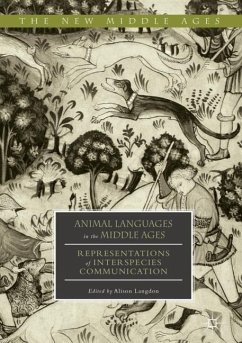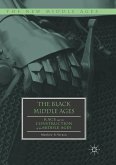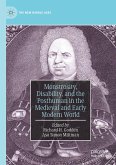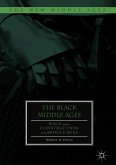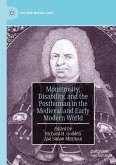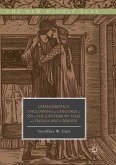The essays in this interdisciplinary volume explore language, broadly construed, as part of the continued interrogation of the boundaries of human and nonhuman animals in the Middle Ages. Uniting a diverse set of emerging and established scholars, Animal Languages questions the assumed medieval distinction between humans and other animals. The chapters point to the wealth of non-human communicative and discursive forms through which animals function both as vehicles for human meaning and as agents of their own, demonstrating the significance of human and non-human interaction in medieval texts, particularly for engaging with the Other. The book ultimately considers the ramifications of deconstructing the medieval anthropocentric view of language for the broader question of human singularity.
"Both books are solid contributions to the field, both models of the interdisciplinarity of animal studies, its happy capacity for interpretative surprise, and its laudable commitment to thinking ecologically and to decentering human primacy." (Karl Steel, Speculum, Vol. 95 (3), 2020)
"The twelve essays collected in this volume comprise a varied and stimulating contribution to the thriving field of scholarly discourse on medieval 'animalities' ... . Their general focus is on medieval representations of animal utterances and other non-verbal modes of communication in order to interrogate medieval attitudes to the supposed dichotomy between human and non-human animals." (David Scott-Macnab, Modern Language Review, Vol. 114 (3), July, 2019)
"The twelve essays collected in this volume comprise a varied and stimulating contribution to the thriving field of scholarly discourse on medieval 'animalities' ... . Their general focus is on medieval representations of animal utterances and other non-verbal modes of communication in order to interrogate medieval attitudes to the supposed dichotomy between human and non-human animals." (David Scott-Macnab, Modern Language Review, Vol. 114 (3), July, 2019)

